Patron en Lalique Serie 3: Sensational Tequila in a Sensational Decanter
by Ken Gargett
When I first looked at tequila, here at Quill and Pad, I’ll confess that it was done rather reluctantly. To put it mildly, as I explained at the time, I was not at all fond of the stuff. Not in the least. But it was time to dip a toe (problem might have been that I dipped far more than a toe at earlier times). With some guidance from a friend, and a good look at the tequilas of La Fortaleza and Calle 23, I realized what I had been missing.
Not long after, we took a good look at Patron tequila, another star of the genre. That led to Mescal and I’ll confess now, when it comes to Mescal, that I am the worst of converts, a zealot.
The recent passing of the legendary Jimmy Buffett meant it was surely time to revisit the topic of tequila.
Buffett’s wonderful music, especially ‘Margaritaville’ (naturally playing away in the background as I sit here typing), must have sold millions of bottles of tequila. He did have his own brand, unsurprisingly called ‘Margaritaville’.
It does seem that tequila attracts the celebrities. George Clooney famously made more money selling his Casamigos brand than he did robbing casinos (sorry, acting). Justin Timberlake was involved with tequila (yes, a singer of some kind, but don’t ask me more) and Carlos Santana did have a brand – Casa Noble Tequila – but sold out a decade ago.
If one Googles tequila and celebrities, there are many more options, however, it would appear that Google and I have a different view of the definition of ‘celebrity’. I don’t think I’d heard of any of them (the alleged celebrities, not the tequilas).
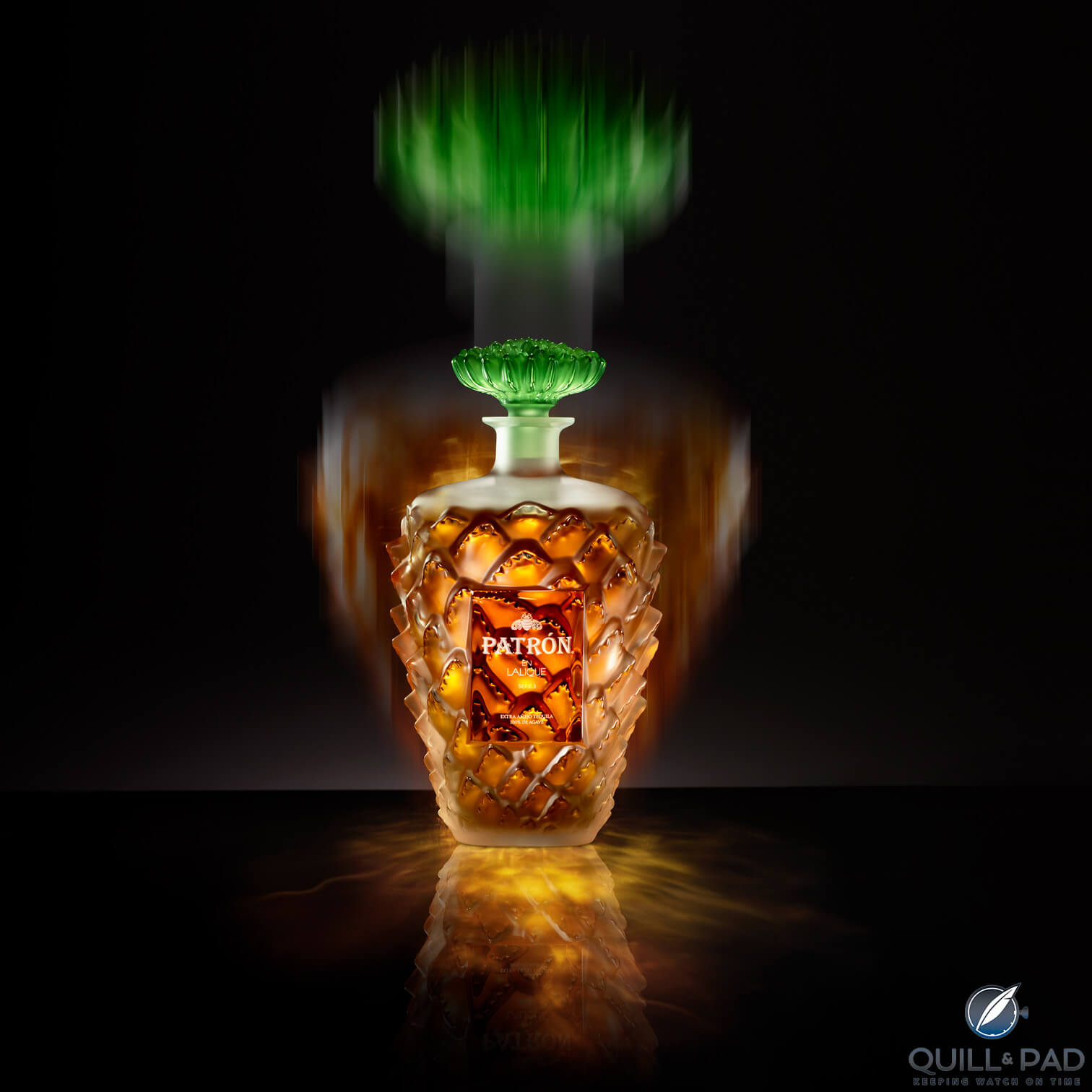
Patron en Lalique Serie 3 tequila
Having gone to the well of both tequila and Patron previously, it might seem a touch premature to be returning, but what we are looking at today is no ordinary tequila. No ordinary spirit. Something beyond special.
————————————————————————————————————–
—————————————————————————————————–
A quick recap, if we may, from the previous reports.
Tequila is “a regionally-defined type of mezcal obtained through double distillation of fermented carbohydrates extracted from cooked or uncooked blue agave”. Alcohol content will be between 35% and 55%. The name comes from the city of Tequila, in the western Mexican state of Jalisco. I am assured that Mexicans simply see tequila as Mezcal, or at least one form of it. The rest of the world does not (even if it technically is). Tequila was first recorded as far back as the 17th century and sold in San Francisco as early as 1855.
Tequila can only be produced in the NOM-delineated denomination of origin area in Jalisco and other municipalities from Guanajuato, Michoacan, Nayarit and Tamaulipas. NOM stands for Norma Obligatoria Mexicana, which is the government entity that regulates all such matters. In 1972, they chose the first Mexican ‘denomination of origin’ (think French AOC, but wider than just wines).
They chose tequila. Tequila has two categories – mixto, which is 51% agave and the remainder other sources, usually sugar cane; and secondly, the higher quality product, made from 100% agave. The sub-regions of Jalisco are considered to produce especially high quality agave – Los Altos and El Centro (highlands and lowlands respectively).
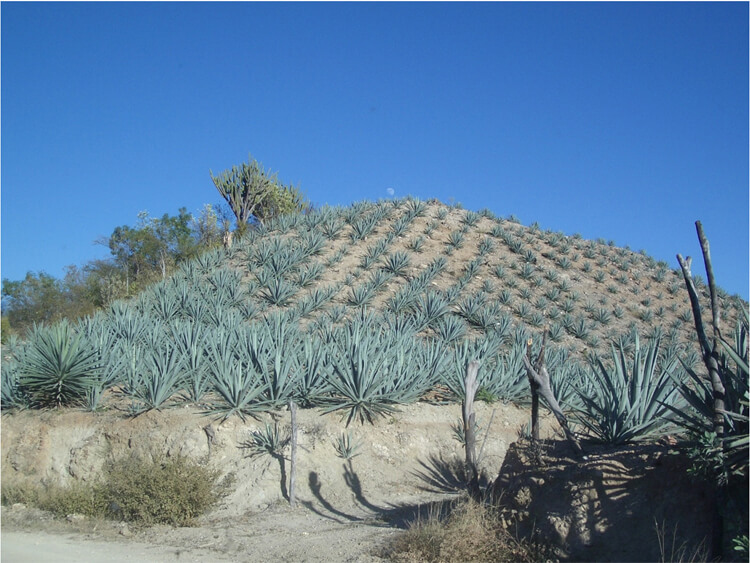
A typical agave tequilana plantation (photo courtesy Agave/Wikipedia)
Agave takes five to nine years to mature. The preferred production process uses oven-roasted agave. Double distillation is usual, in either copper pots or stainless steel (a few producers use column stills).
Quality tequila has established itself as an elite spirit, worthy of sipping solo. There are numerous craft distillers of top-notch tequila, and the larger players have also taken positions with great examples of the style. And none is bigger than Patron.
Patron Tequila is the “best-selling luxury brand of tequila in the world”, even though it only dates back to 1989. John DeJoria, a leading hair care provider, sent his friend and subsequent business partner Martin Crowley, to Mexico to buy furnishings. And to pick up some top tequila. He came back with some bottles from the Siete Leguas distillery (Casa 7 Leguas). DeJoria rather liked it and ordered ten thousand bottles (or 12,000, depending on your source), as one does. Eventually, they decided to make their own.
—————————————————————————————————–
—————————————————————————————————–
After a series of failed distribution arrangements with major players, the pair took back their independence, and placed their tequila at the top of the market, not least by setting the price at double that of most tequilas on the market.
By 2002, Patron had established their own distillery in the highlands at Jalisco. They use traditional methods, including crushing the cooked agave with a giant volcanic stone wheel, known as a tahona. In the past, donkeys dragged these stones around – perhaps not the most exciting life for the animal, but these days, machines take on that task.
The extent of their success can be seen in the fact that in 2018, the company was sold to Bacardi for US$5.1 billion. As one report suggested, Patron completely dominates the market with 1,000 competitors chasing it.
These days it seems that you are not a serious spirits producer unless you have an extraordinarily ornate bottling of something incredibly rare and exclusive (and expensive, it goes without saying).
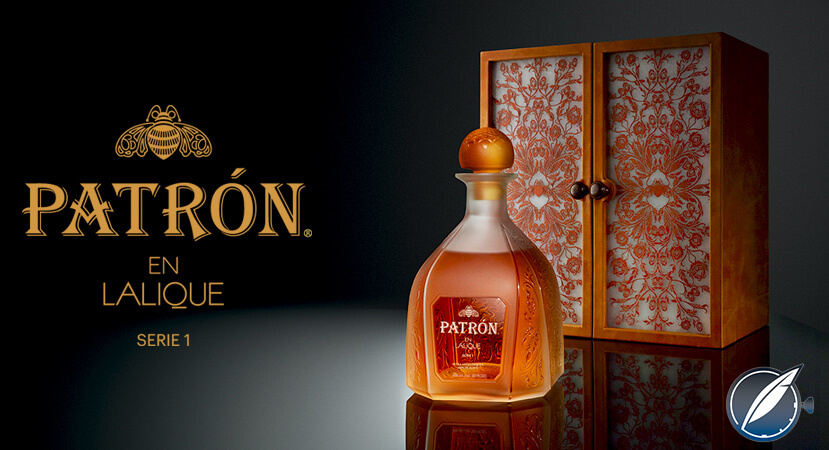
Patron en Lalique Serie 1 tequila
In 2015, Patron joined the elite with a joint venture with Lalique, the famous French glass craftsmen who have led their field for 130 years. The world was introduced to Patron en Lalique Serie 1 Extra Anejo. Only 500 of the exquisite bottles/decanters were produced and given a price north of US$5,000 each. Needless to say, the tequila contained within was as good as they could possibly offer.
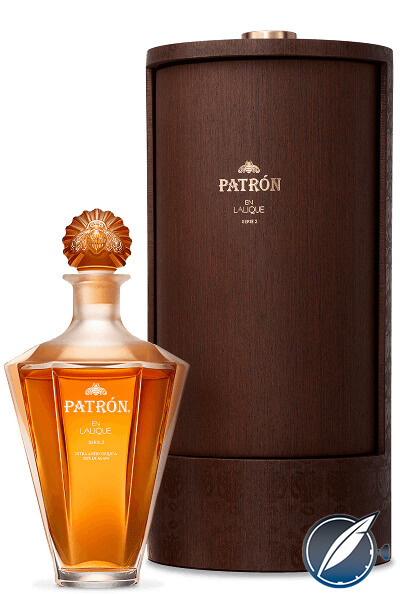
Patron en Lalique Serie 2 tequila
In 2017, we saw Patron en Lalique Serie 2, again in an elegant crystal Lalique decanter, this time with a price of $US$7,500 each. Only 299 decanters were released. This tequila saw more of the sherry barrels influencing the final spirit. The average age was seven years, nearly twice that of Serie 1.
—————————————————————————————————–
—————————————————————————————————–
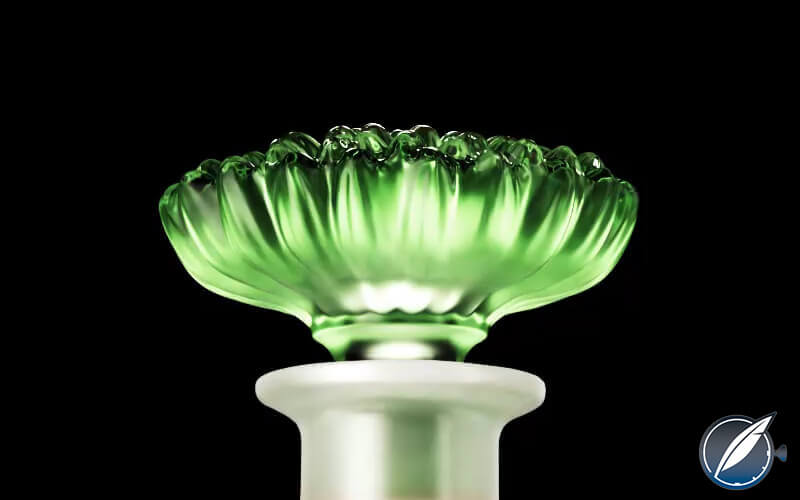
Blue weber agave inspired cap of the Patron en Lalique Serie 3 tequila
More recently, we have now seen Patron en Lalique Serie 3. For me, the design of this decanter is certainly the most striking, very much inspired by the blue weber agave (although some see pineapple, which is understandable). Again, only 299 bottles released, for A$11,000 or US$7,500 (the scarcity can be seen by the fact that Australia’s entire allocation was just five bottles – the USA got 105).
There was a mix of American and French oak used, with a blend of 14 different tequilas, aged between four and eight years (old for tequila) to come up with the final mix. The final blend was curated by Patron’s Master Distiller, David Rodriguez.
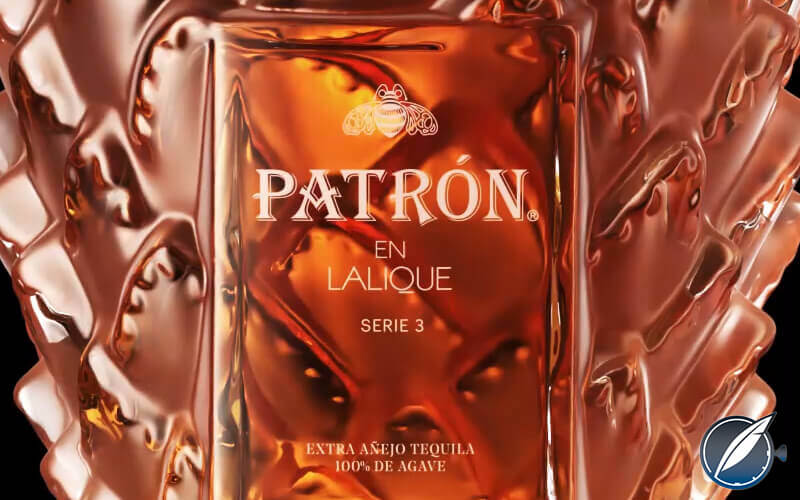
Patron en Lalique Serie 3 tequila
It is worth noting that apparently bottles of Serie 1 and Serie 2 now attract prices of between US$12,000 and $15,000 on the secondary market. Also, despite the massive prices for these tequilas, they are not the most expensive on the market. They occupy positions three, four and five (Serie 3, 2, 1 respectively).
The Clase Azul Master Artisans Limited Edition takes top spot at around twice the price of the Serie 3 with the Clase Azul Puebla Limited Edition second, a little more expensive than Serie 3.
So, what does a squillion dollar tequila taste like? The color is a deep gold/bronze, not dissimilar to an aged rum. The nose is both powerful and mellow, with dried fruits, orange rind, cinnamon, hints of nutmeg, honey, even cassis and Christmas cake. The palate is quite stunning, as smooth and seductive as one could imagine.
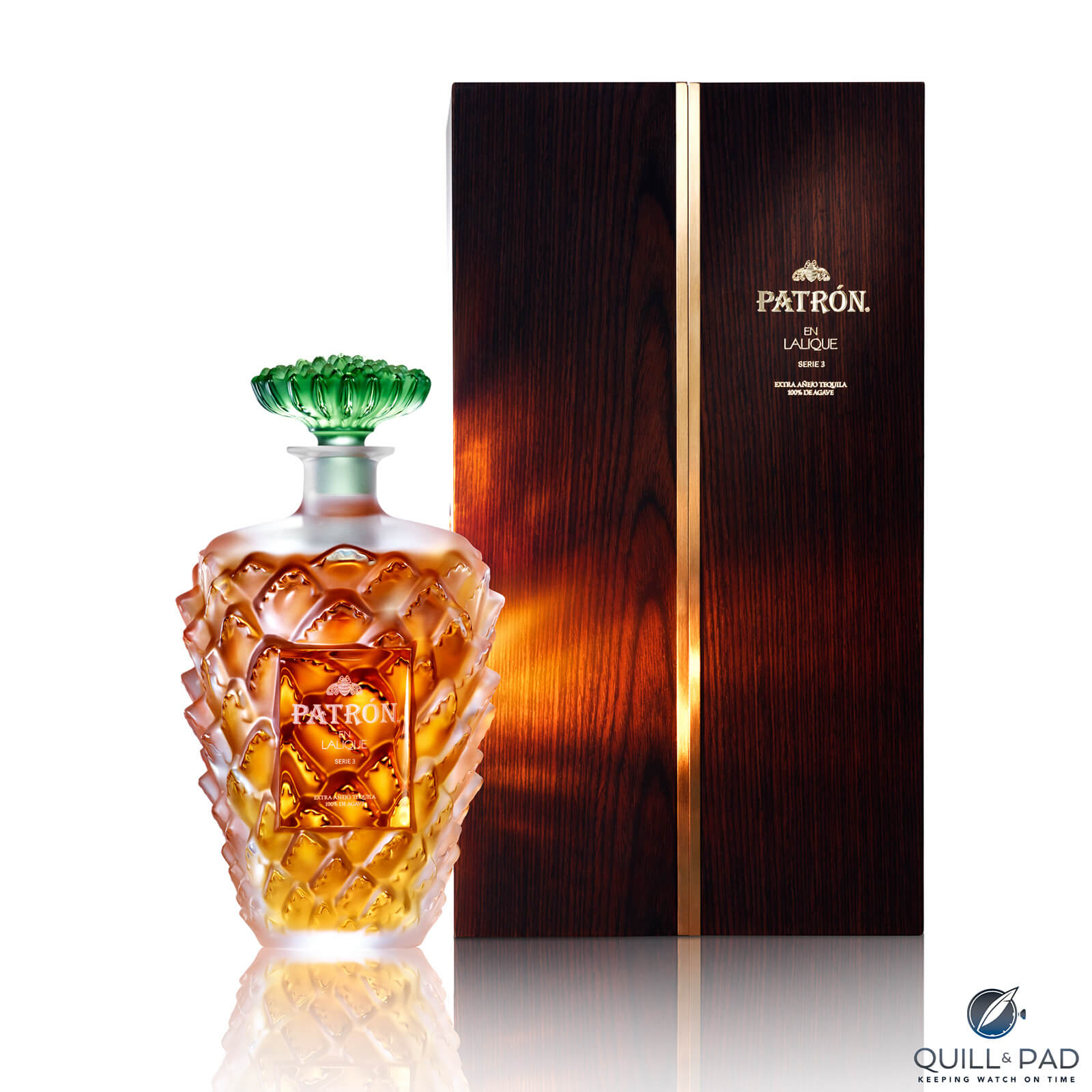
Patron en Lalique Serie 3 tequila
As a spirit, it far exceeds any tequila I have ever seen. That said, would one think tequila if served this blind? Perhaps a great aged rum or top Cognac. But I have no issue with that. I simply love this spirit. Glorious.
Personally, I’d have it with a great cigar, perhaps a Cohiba Behike. With the greatest respect to Jimmy Buffett, it really deserves more than just nibbling on sponge cake.
For more information, please visit www.patrontequila.com/products/lalique-serie-3.html
You might also enjoy:
In Praise Of Great Mezcal: All Tequila Is Mezcal, But Not All Mezcal Is Tequila (And Avoid The Worm)
Patron Anejo Tequila: Quantity And Quality Are Not Mutually Exclusive
‘Agave’ (Get It?) My Heart To Tequila: A Brief History And Tasting Notes By A Very Recent Convert
Leave a Reply
Want to join the discussion?Feel free to contribute!


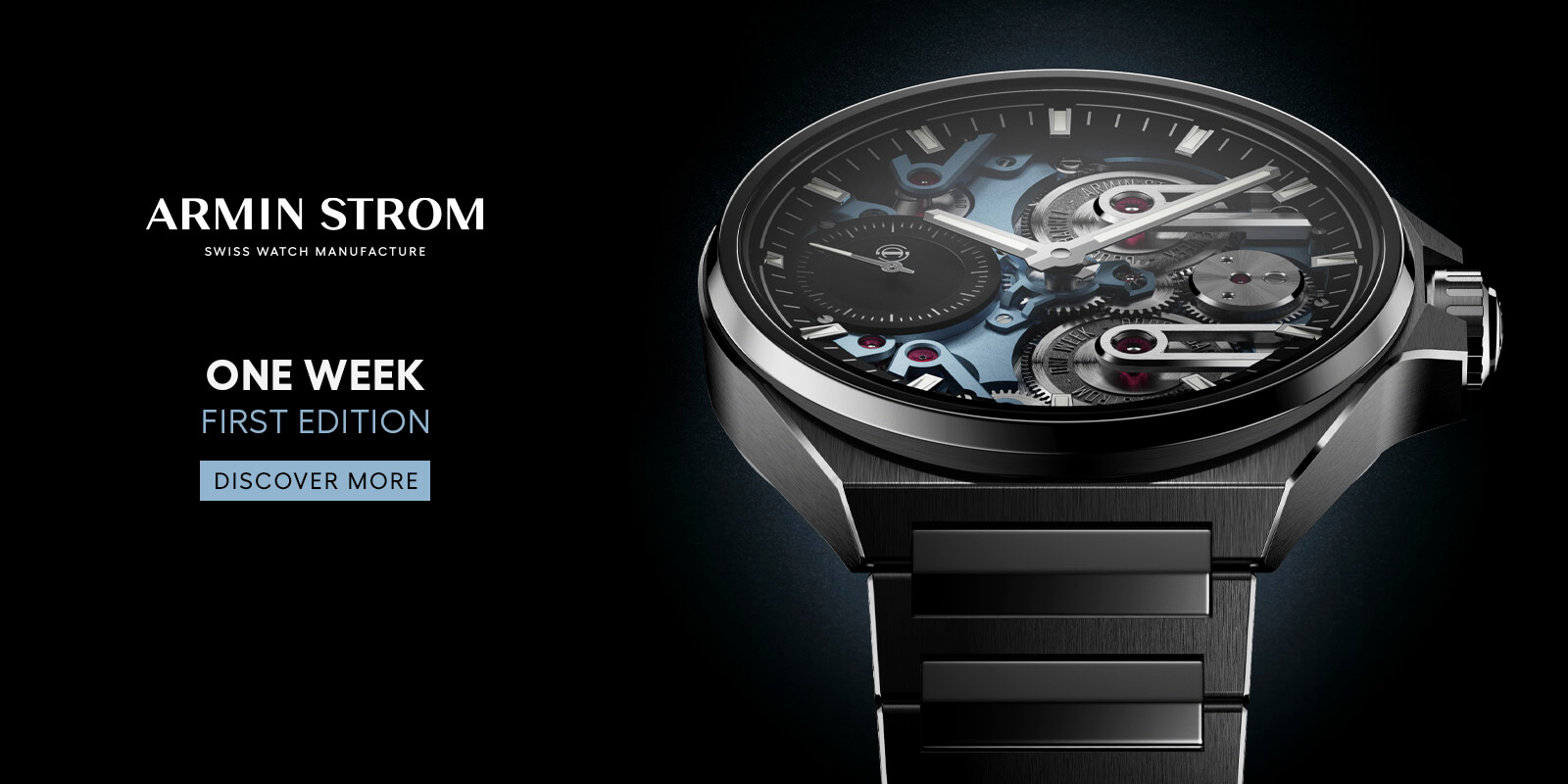
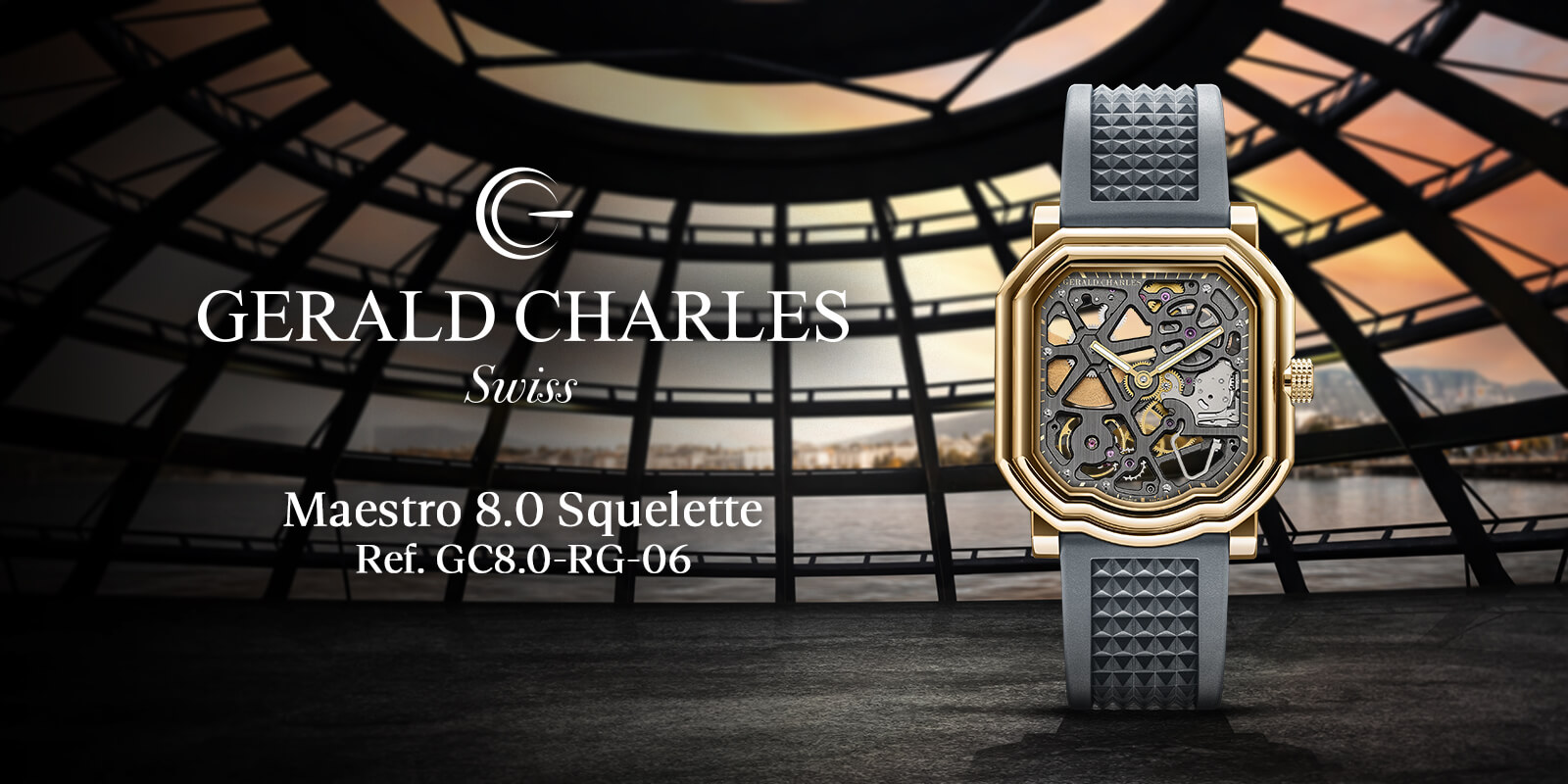


very nice post, i certainly really like this site, keep on it